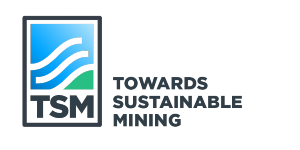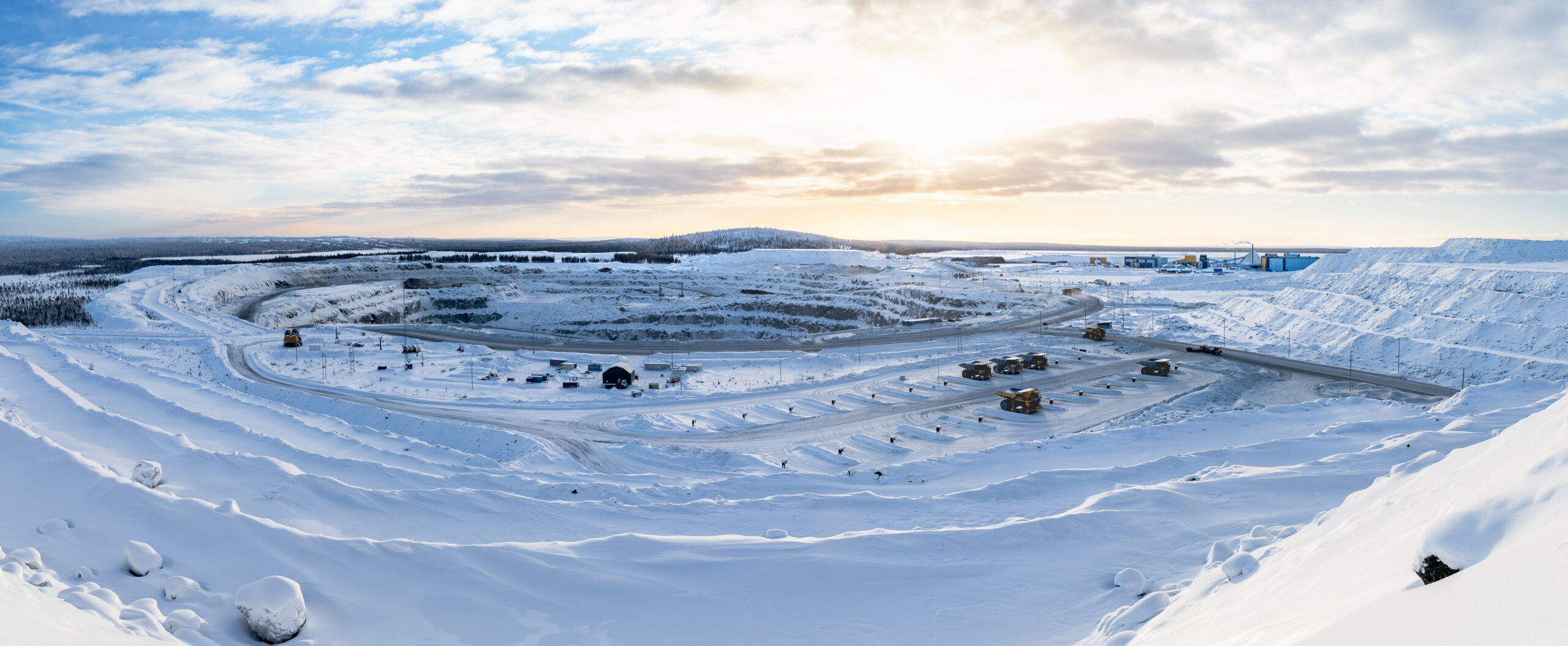The need for substantial action to meet the Paris Agreement’s goal to maintain less than two degrees of global warming becomes more urgent with each passing day. Christiana Figueres, former Executive Secretary of the UN Framework Convention on Climate Change, reiterated this call in a recent Nature journal article, co-authored with 5 other eminent persons.
It is evident that the journey to achieving this target is going all too slowly, and is fraught with some serious practical challenges that need to be soberly addressed in the short term.
To turn the tide of the world’s carbon dioxide by 2020, and to reduce the current dependency on fossil fuels that remains, on average, over 80% of total energy consumption, the authors of the Nature article call for a range of measures. Their priorities for action include significantly increasing the world’s use of renewable energy to 30%, setting aggressive goals for electrical car production, initiating action plans to decarbonize buildings and municipal infrastructure, deploying the financial sector to mobilize a trillion dollars for climate action, pursuing accelerated planning and reporting on heavy industry emission reductions, and enacting more land use policies to reduce forest destruction.
While all of these proposals are warmly welcome and necessary, they generate important questions about a) what are the most important tools to reach these goals, and b) what are the implications for the raw materials needed to mobilize the massive, rapid shift in technology and infrastructure.
A dramatic shift in energy production and land-use will not take place without a wide array of instruments aimed at correcting the negative impacts caused to the environment by the economy. A growing number of governments are starting to use pricing and market-based instruments like emissions trading systems to reduce GHG emissions, as well as carbon pricing, green public procurement and motor fuel levies to guide consumer and corporate decisions and provide a competitive edge for sustainable alternatives in the global market.
Fortunately, awareness of and progress on some of these issues is gaining traction. Tackling climate change will require a significant scaling up of the implementation of similar policies throughout the world. Without a concerted plan to accelerate the adoption of such measures, it is difficult to see how the international community could come to any realistic agreement to fulfil the pledges made in the Paris agreement.
The second challenge relates to the impacts of decarbonisation on raw materials demand. This has only recently come to light as a critical question that may eventually have a decisive impact on whether or not climate change mitigation will be a success. According to a 2016 UNEP report on “Green Energy Choices: the benefits, risks and trade-offs of low-carbon technologies for electricity production”[1], the transition to a low carbon economy will require significant increase in mining activities in terms of energy metals and bulk materials production (including copper, neodymium and germanium among many others).
A study published by a wide group of international scientists in January[2] points out that achieving a world based on 100% renewable energy (mainly wind, water and solar power) would require the installation of nearly 2 billion solar panels and 2,5 million windmills to cover our energy demand in 2050. If the aim is to achieve a world based on 100% renewable energy using current technologies, the production of steel, aluminium and copper should increase at an annual rate of 5-18% worldwide for the next 40 years.[3]
Aside from questions of availability of some of the key elements needed for the new technology and infrastructure, there is the very important issue that this scaling up process should not be at the expense of human rights, local communities and the environment. An integrated approach to human and ecological health, as envisioned by the Sustainable Development Goals, must be addressed if we are to meet climate change objectives. In short, a clean energy future must be built on a responsible mining foundation.
If we do not pay attention to this linkage, in all likelihood, the burden of curbing emissions will simply shift to cause new environmental and social problems, such as heavy metal pollution, habitat destruction, or resource depletion. As has been witnessed through a wide variety of on-going mining-related conflicts and crises around the world, existing standards and governance systems are plainly inadequate to address the impacts of mining. If we are to responsibly and reliably access the raw materials necessary to meet the physical needs for climate-friendly technology and infrastructure, a parallel set of policy and procurement instruments, standards and market mechanisms are needed for mining.
What are called for are solutions that anticipate and address several problems at the same time, while maximizing the energy benefits in the most effective economic ways possible. This work has begun in various sectors, such as conflict minerals supply chain reforms in the electronic and jewellery sectors and emerging certification initiatives for both industrial and artisanal and small scale mining, but both private and public sector actors must embrace these integrated approaches more broadly. Eventually, these same principles of traceability should be applied in all metal and mineral production.
By coupling progress on a green energy future with an imperative for responsible mining there is an important opportunity to address a range of the SDG objectives, while ensuring a more stable supply of materials to meet the ambitious goals of the Paris Agreement to decarbonise our societies.
Alan Young
Eero Yrjö-Koskinen
Alan Young is Director of the Materials Efficiency Research Group and founding member of the Circular Economy Partnership in Ottawa, Canada.
Eero Yrjö-Koskinen is Secretary General of the Finnish Network for Sustainable Mining in Helsinki and Executive Director of Green Budget Europe in Brussels.
[1] UNEP (2016) Green Energy Choices: The benefits, risks and trade-offs of low-carbon technologies for electricity production. Report of the International Resource Panel. E. G. Hertwich, J. Aloisi de Larderel, A. Arvesen, P. Bayer, J. Bergesen, E. Bouman, T. Gibon, G. Heath, C. Peña, P. Purohit, A. Ramirez, S. Suh.
[2] 100% Clean and Renewable Wind, Water and Sunlight (WWS) All-Sector Energy Roadmaps for 139 Countries of the World. Jacobson, Mark Z. et al. Published on 27 January 2017.
[3] Vidal O., Goffé B. and Arndt N.: Metals for a low-carbon society. Published in Nature Geoscience. Vol. 6, in November 2013.



